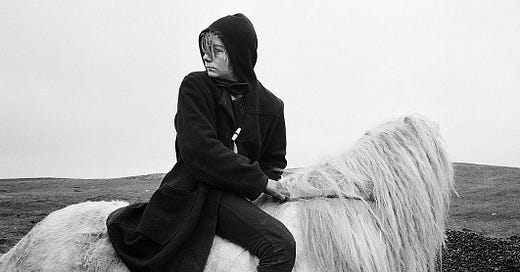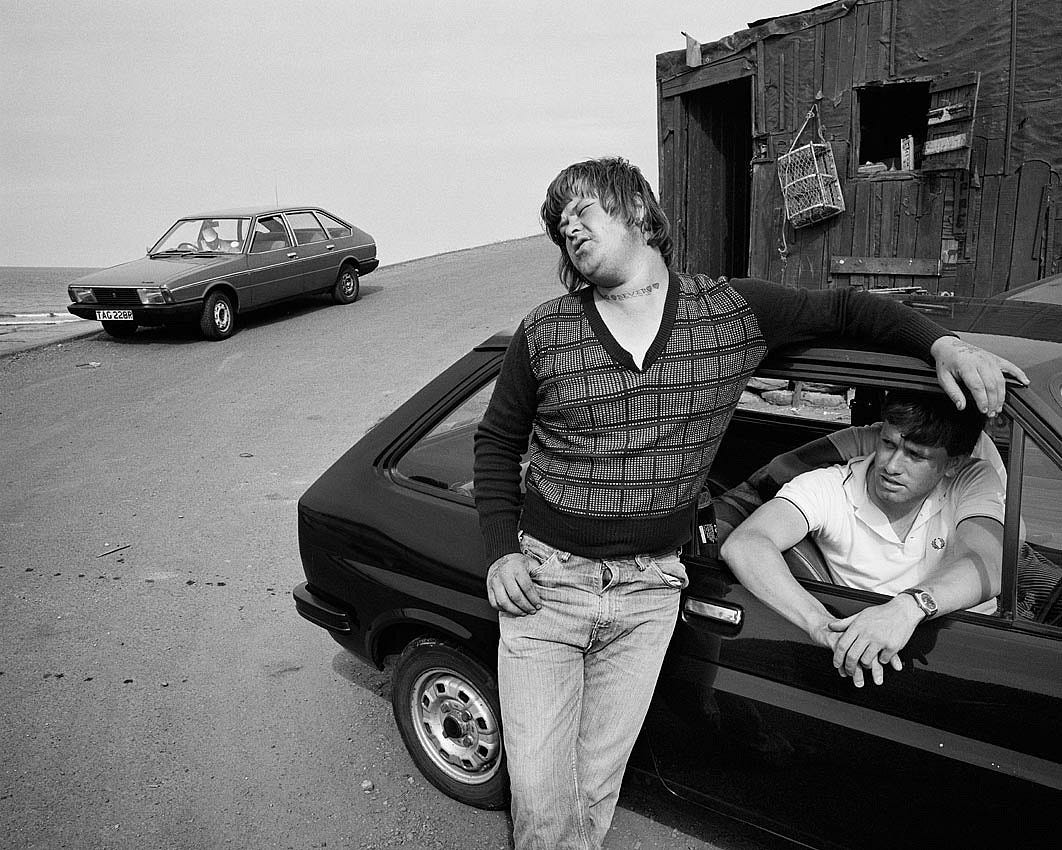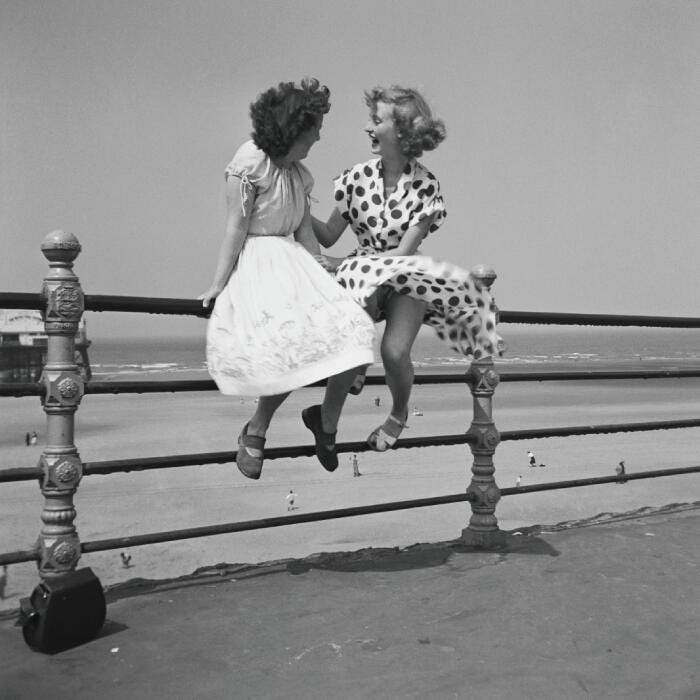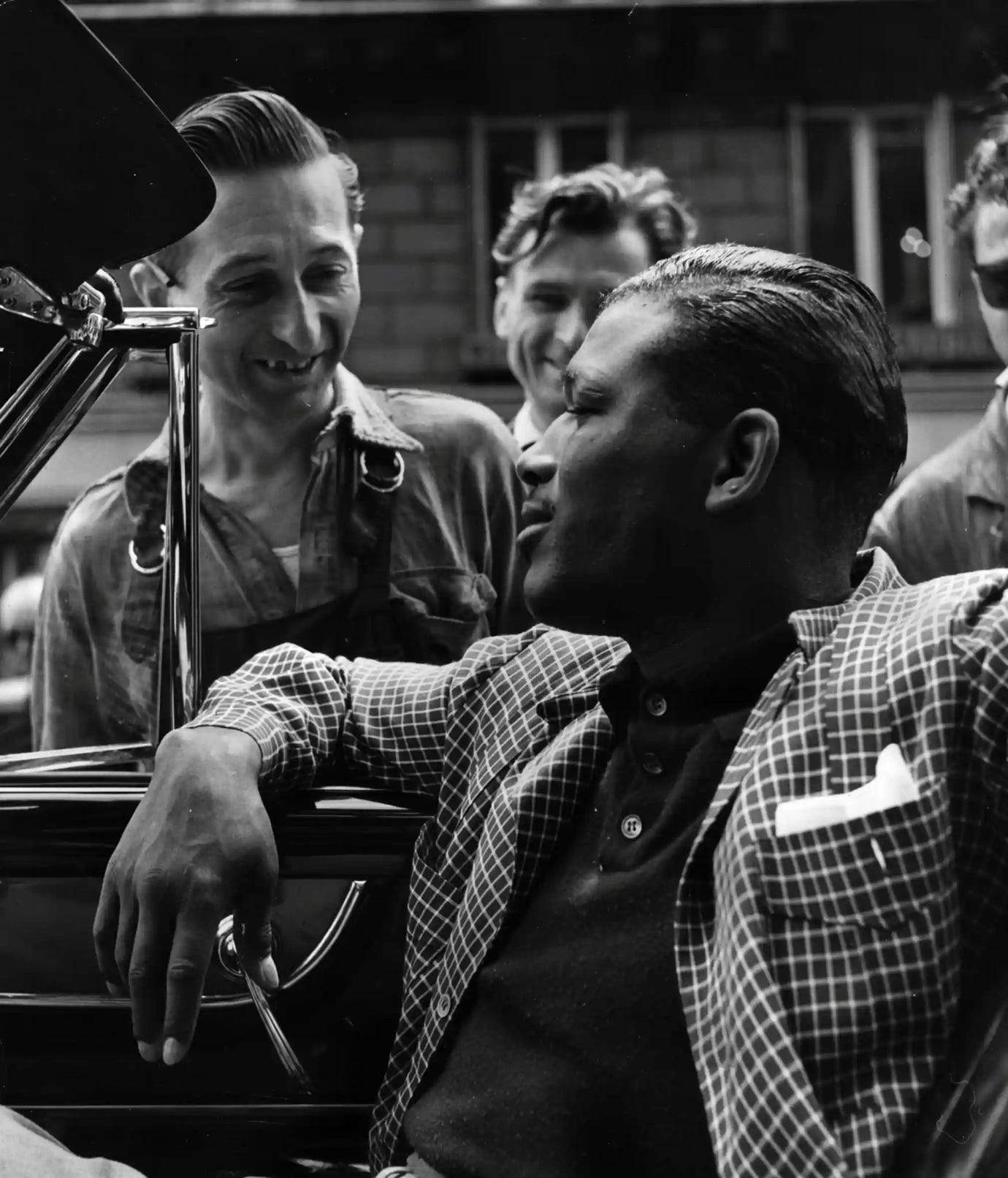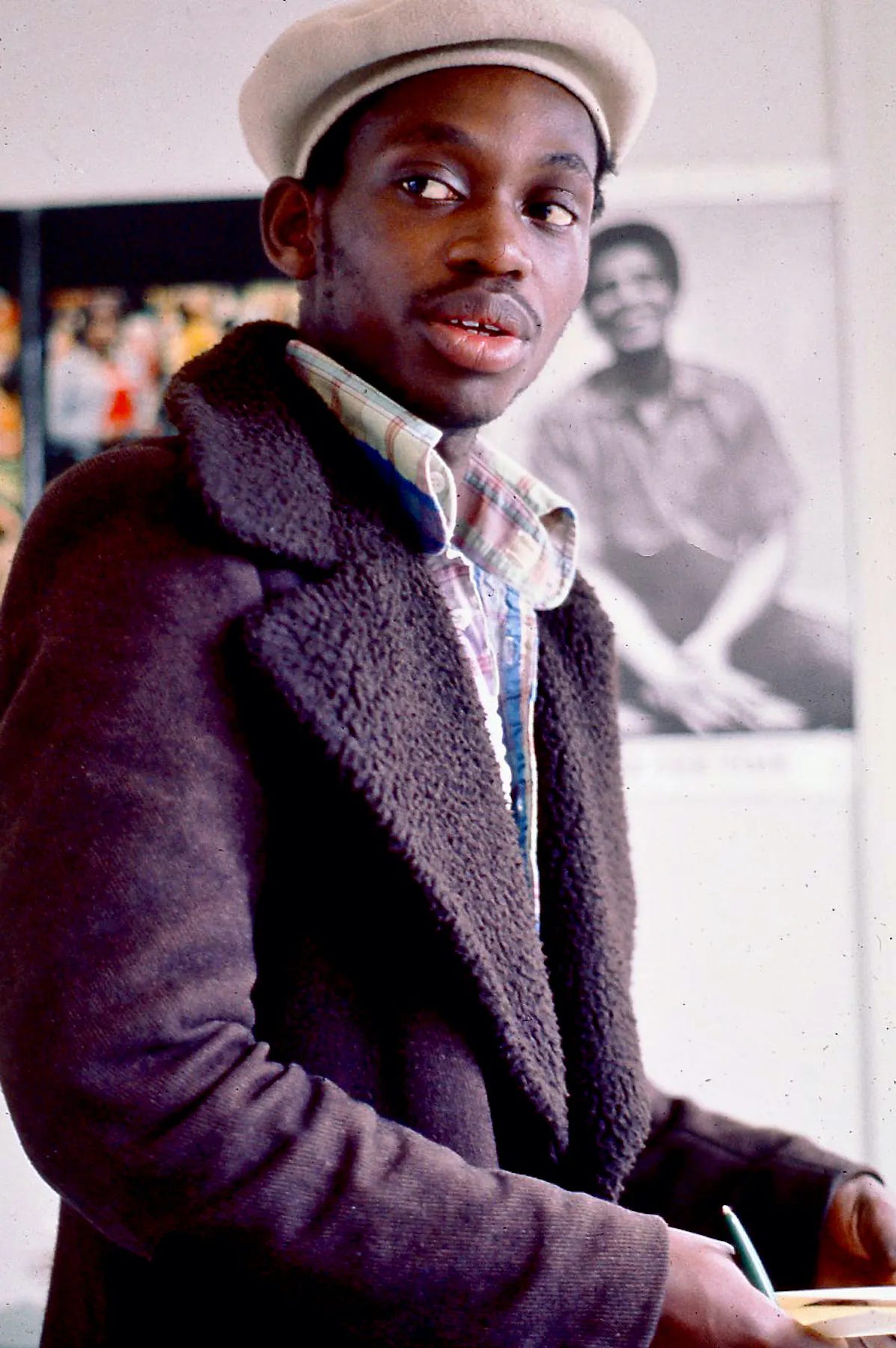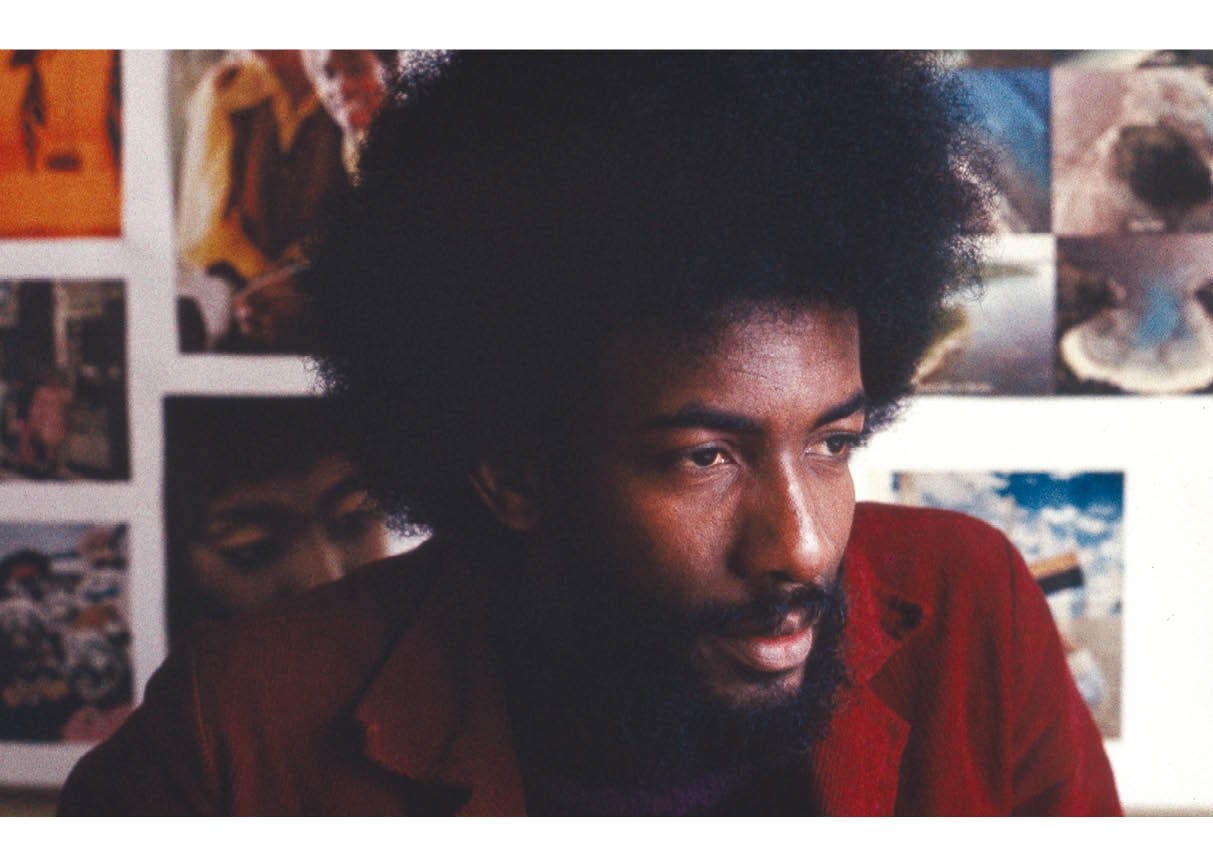Chris Killip – Skinningrove
Following the landmark exhibition of Chris Killip’s work at The Photographers’ Gallery in 2022 – which then travelled to The Baltic and has just opened in extended form at Deutsche Börse AG, Eschborn, Germany – comes the STANLEY/BARKER edition of Killip’s Skinningrove (the first being self-published in newspaper format by Killip himself in 2018).
Chris Killip is rightly deemed one of the most influential British photographers. Starting out as a commercial photographer, he focussed on personal projects from the late 1960s, and Skinningrove is one of the most significant. In the words of publisher STANLEY/BARKER, ‘Skinningrove village lies on the North-East coast of England. Hidden in a steep valley, it veers away from the main road and faces out onto the North Sea. The photographs that Chris Killip made of its fiercely independent working-class community between 1982 and 1984 are possibly Killip’s most intimate work.’
‘Like a lot of tight-knit fishing communities, it could be hostile to strangers, especially one with a camera. “Now Then” is the standard greeting in Skinningrove; a challenging substitute for the more usual, “Hello.” The place had a definite edge, and it took time for this stranger to be tolerated. My greatest ally in gaining acceptance was Leso (Leslie Holliday), the most outgoing of the younger fisherman. Leso and I never talked about what I was doing there, but when someone questioned my presence, he would intercede and vouch for me with, “He’s OK.” This simple endorsement was enough.’ Chris Killip
‘I last photographed in Skinningrove in 1984 and didn’t return for thirty years. When I did, I was shocked by how it had changed, as only one boat was still fishing. For me Skinningrove’s sense of purpose was bound up in its collective obsession with the sea. Skinningrove fishermen believed that the sea in front of them was their private territory, theirs alone. Without the competitive energy that came from fishing, the place seemed like a pale reflection of its former self.’ Chris Killip
You can pre-order Chris Killip – Skinningrove from the publisher here, books will ship in May. Details on Chris Killip – A Retrospective at Deutsche Börse AG exhibition (22nd February to 19th May) can be found here, and Chris Killip exhibition prints are available from Augusta Edwards Fine Art, more details here.
Images © Estate of Chris Killip, courtesy Augusta Edwards Fine Art / STANLEY/BARKER
Bert Hardy – Photojournalism in War and Peace
Bert Hardy – Photojournalism in War and Peace opens at London’s The Photographers’ Gallery on Friday 22nd February and is showing until 2nd June.
Born in London in 1913, the self-taught photographer first became known for his social documentary work for Picture Post magazine. In a long and successful career, he was also a wartime, sports, and commercial advertising photographer.
The exhibition at TPG includes archive material from Picture Post and prints from Hardy’s service in the Army Film and Photographic Unit, during which time he covered the London Blitz and the liberation of Bergen-Belsen concentration camp. The show features monochrome prints from his extensive coverage of life in mid-century Britain as well as his lesser known colour work.
‘Everywhere I look, and most of the time I look, I see photographs.’ Bert Hardy
Bert Hardy – Photojournalism in War and Peace is at The Photographers’ Gallery from 23rd February to 2nd June, you can read more here.
Images © Estate of Bert Hardy / Picture Post / Hulton Archive / Getty Images
Chris Richards — West Indian Supplementary Service, London 1974-1975
Recently published by the ever-prolific Cafe Royal Books, Chris Richards — West Indian Supplementary Service is a document of the London Borough of Waltham Forest’s support system for children of Caribbean origin in its primary and secondary schools. One aspect that set the supplementary service apart was that it actively encouraged an understanding of language variation – dialects in relation to ‘standard’ English – and by teaching about Caribbean culture and Black history, which was ground-breaking in the UK at the time.
Images in the 36-page publication were selected from two series, some taken at Downsell Junior School from November 1974 to February 1975, and others at Leyton Senior High School for Boys where a small group worked on Uptight, a Black school magazine, in the summer of 1975.
‘The West Indian Supplementary Service was a God-send. I was exposed to different literature, and my conscious was awakened by the struggles in America for the Afro American. It gave me an opportunity to work on a project (the school magazine) and I developed a liking for writing, and in particular for poetry. On the social side I met people who I am still friends with today.’ Wayne Skeete, former student at Leyton Senior High School for Boys
Chris Richards — West Indian Supplementary Service, London 1974-1975 is available directly from Cafe Royal Books for £6.70 and can be ordered here.
Images © Chris Richards, courtesy Cafe Royal Books

